Is South America Safe? 2022 Guide
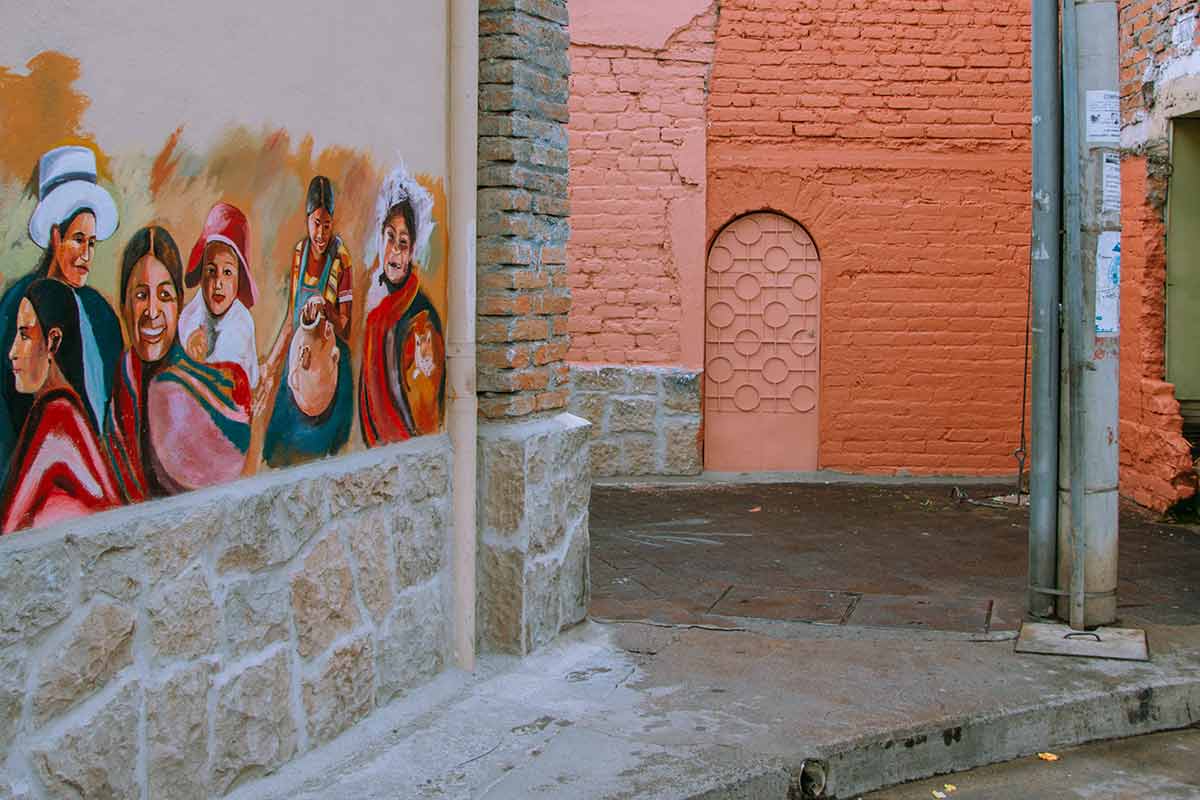
This is one question that gets asked a lot, especially by backpackers and other travelers thinking of visiting the continent for the first time.
South America, one of the greatest continents in the world, sits on one of the most biodiverse and culturally historic landmasses in the world.
For one continent, South America has so much to offer compared to even its northern counterpart which is also a popular region for tourism.
Anyone studying biology has at some point studied either a species or location in South America since there’s no place like it in the world today.
Table of Contents
Is South America Safe?
From the salt flats of Bolivia to the Peruvian Andes, to the Amazon Rainforest, to the Ecuadorian Galapagos, to Argentinian Patagonia. South America truly has it all, with each country having its own specialties.
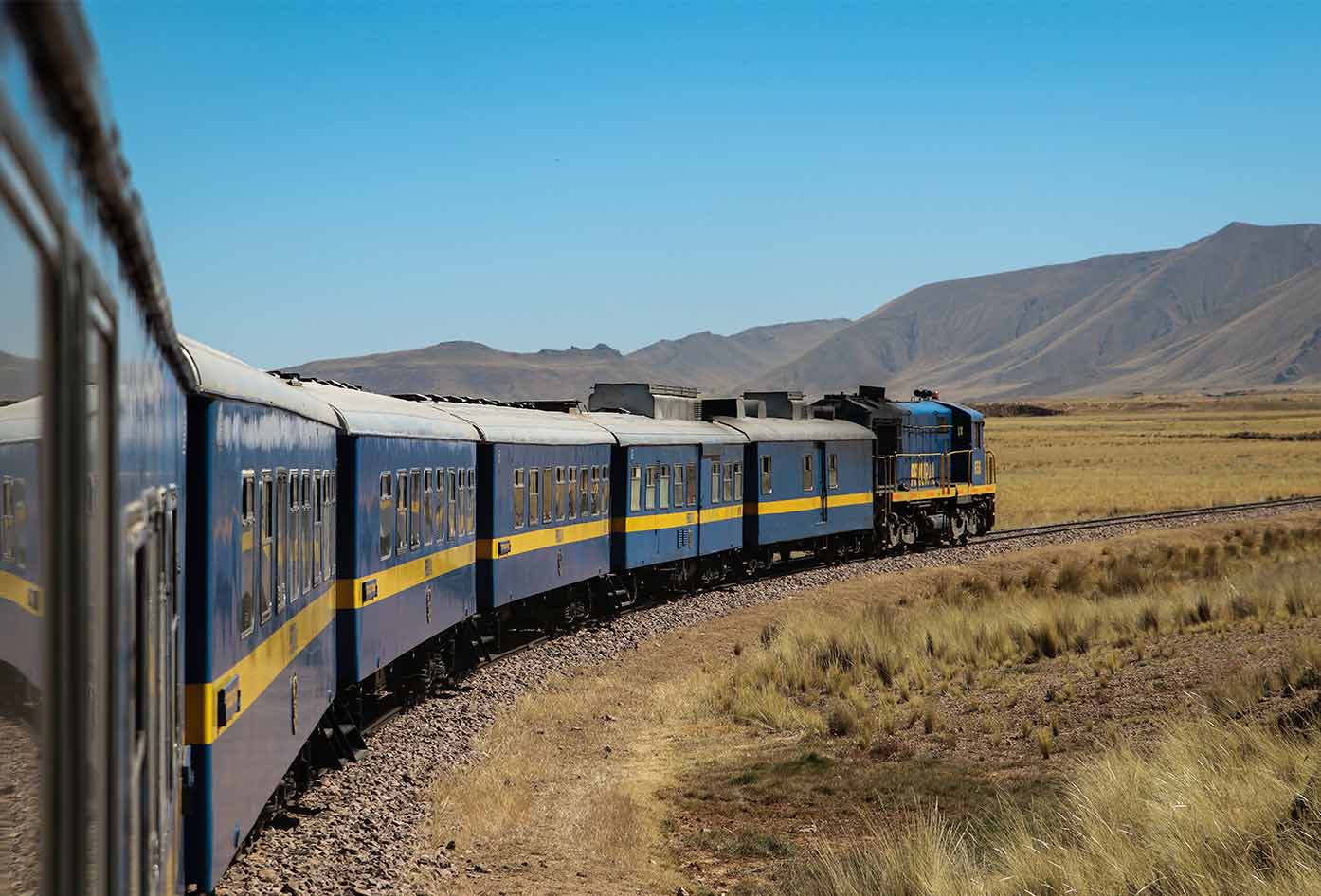
The greatest question that arises when travelers consider South America, is whether the continent as a whole is safe for tourism and what are some of the common dangers to look out for as a visitor?
That is the exact question this page answers for you as well as provides the information you need to be able to travel to this region safely!
Firstly, let’s look at the current situation and see to what to expect.
Is it Safe to Travel to South America?
The simple answer is; yes. It is safe to travel to South America! Each country is very specific with its problems, but as a whole, it is quite safe.
The best tip for travelers hoping to get to South America is to consider checking the news before booking flights and accommodation.
An example of why you should check the news is Ecuador! In fact…
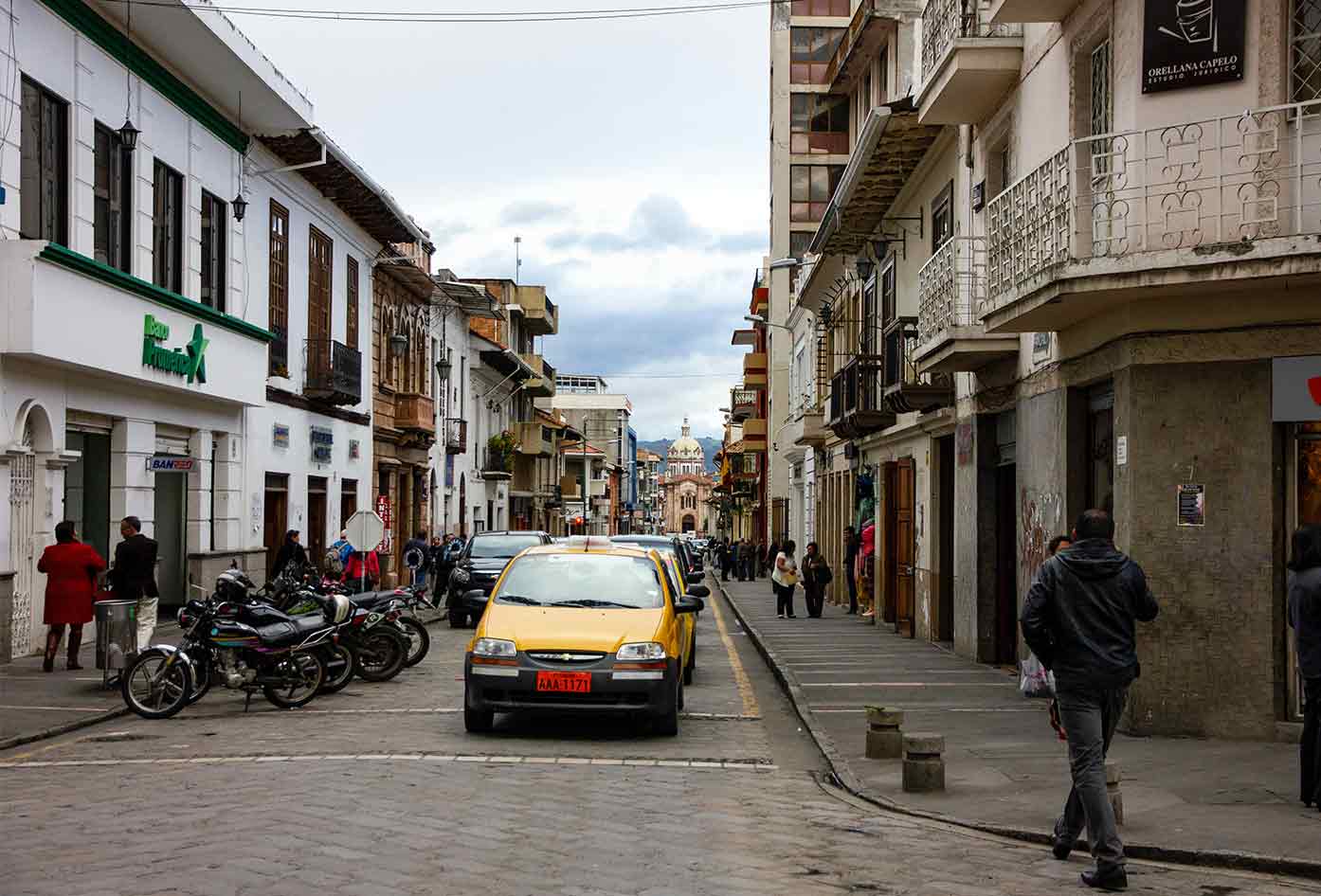
Ecuador which is statistically one of the safest countries in South America but can be dangerous in the inner cities when anti-government protests get out of hand. Quito can get paralyzed by angry protesters blocking off key roads where standoffs with police and violent clashes happen.
Another rule of thumb is to check what your national government’s foreign advice says about traveling to certain countries.
Safety Facts About South America
- 38 million tourists visit South America every year, with most travelers visiting Rio de Janerio, Bogota, Lima and Buenos Aires.
- 99% of reported incidents from tourists involve either petty crime or road accidents.
- The average intended homicide rate in South America is higher than in Central America and parts of Africa.
- The main crime of concern to travelers in South America is theft and mugging. Avoiding traveling around at night drastically decreases the odds of this happening.
- In the last few years, there was a reduction of almost 20% in robberies using intimidation with a weapon.
- Earthquakes are quite common, but only minor ones you cannot feel. The last major earthquake was the infamous 2010 earthquake.
- South America’s backpacking industry has majorly increased in size within the last 20 years. Countries such as Peru and Colombia welcome backpackers more often than family package tourism.
How Safe is South America?
There are many different factors that make each country in South America unique. However, this also means that each country has its own dangers that may differ even to neighboring countries.
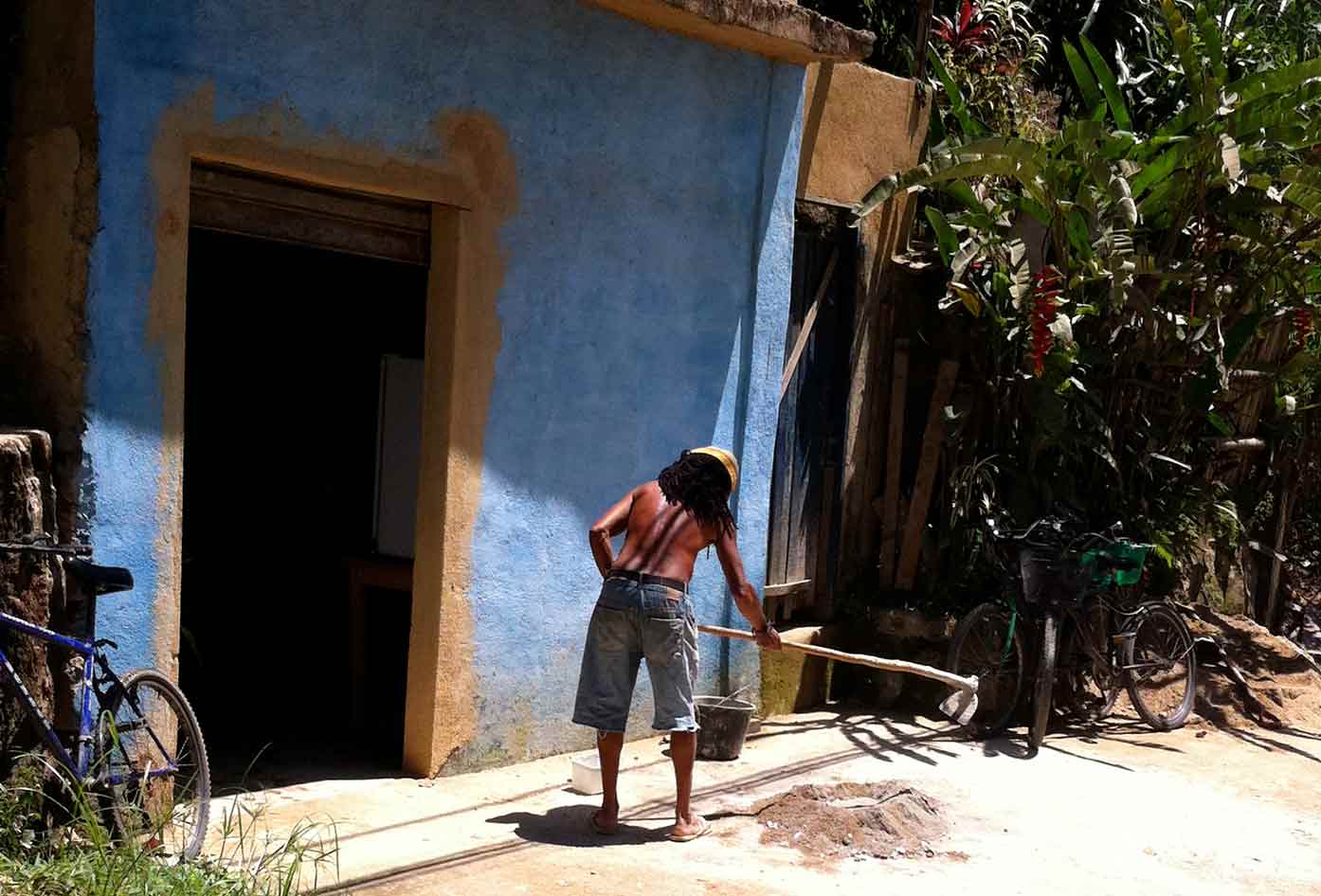
It’s for this reason that I ask that you check out the safety pages for each South American country so you know how to prepare for your trip.
However, there are certainties in South America such as:
- Don’t flash valuables; either don’t carry them or hide them.
- Get to know at least some basic Spanish or Portuguese.
- Use a money belt or anti-theft backpack.
- Check if you need jabs from your local GP before traveling.
- Know your route before traveling and navigate safely.
With those few pointers alone you can save yourself hassle on your travels since most common dangers can be avoided.
Having said that you may want to avoid the statistically most dangerous country in South America unless you have a reason to be there.
Is South America Safe to Travel Alone?
South America is perfectly safe to travel alone. Most of the minor crime happens within the inner cities and border regions.
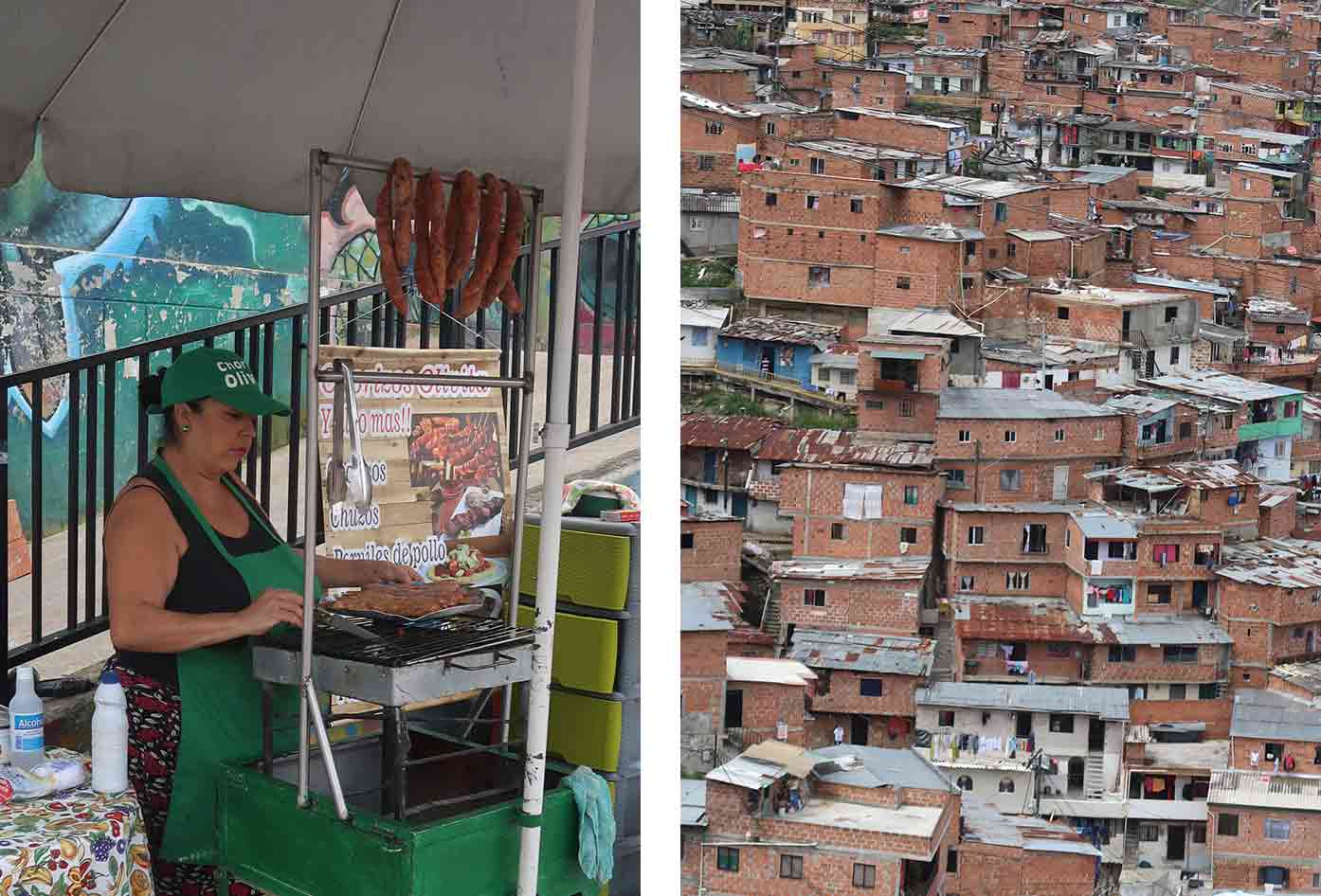
So most other areas are safer than most cities in America or the UK.
You’ll need to abide by the well-documented (as well as the unwritten rules) of doing solo travel in South America: such as don’t go out at night, don’t trust strangers, and don’t flash expensive items along your way.
Using coaches or bus hopping is a great method for exploring most of the continent. A lot of backpackers dream of traveling the length of the continent to reach the penguin parks near the southern tip.
If you’re looking to travel to a single country or a number of countries, it’s best to check out the local spots in the daytime rather than at night.
Backpacking South America Safely
Backpacking is becoming the backbone of the continent’s tourism since public transport and private transport is incredibly secure.
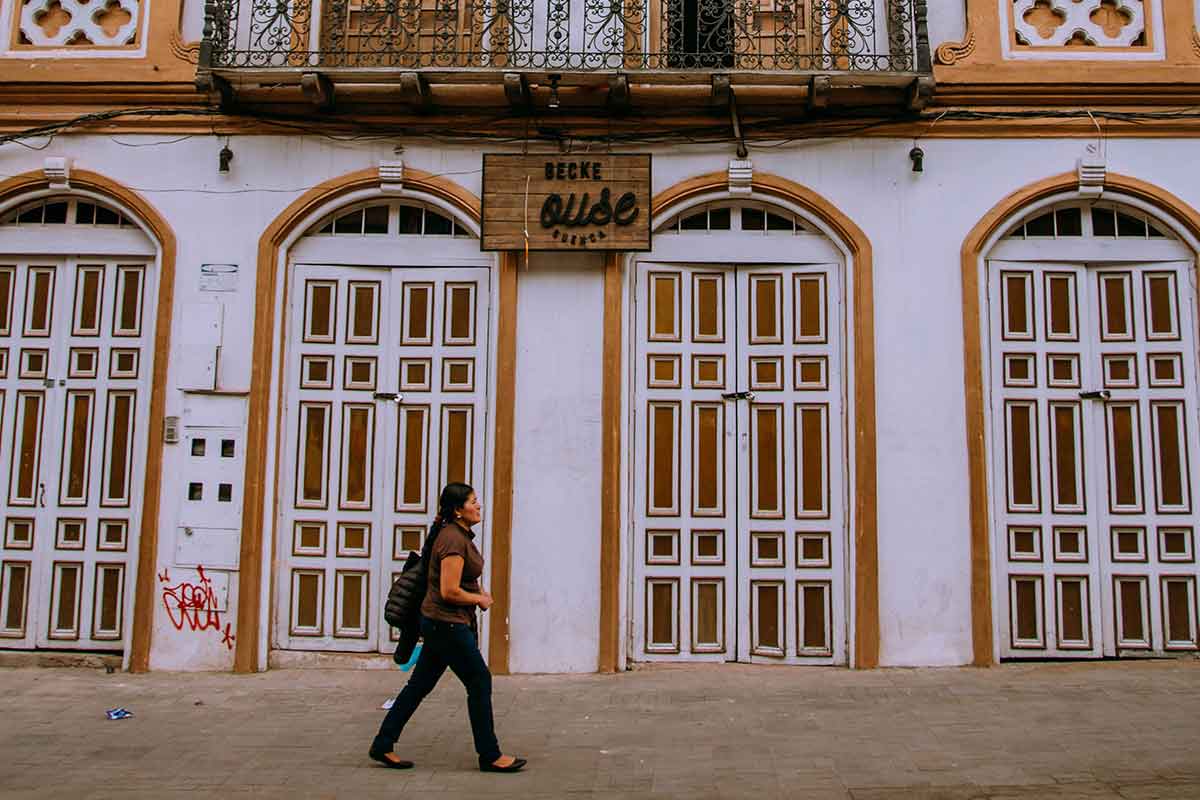
Whether you’re looking for hostels in South America, quick and easy meals on the go, or gas water dispensers; South America is great for boots on the ground so be sure to talk to locals to find out where they go.
South America Travel Safety Tips
South America can be dangerous if you don’t take the necessary precautions or preparation for any type of travel or tourism.
⤵️ Here are some useful tips to help you on your journey:
- Many Foreign offices offering advice to travelers advise that Venezuela is a no-go for travelers. After the collapse of its government and economy, it’s too dangerous at the moment for any sort of travel.
- Keep away from crowds of people. You could be attacked or arrested if it’s an anti-government demonstration.
- Always use trusted sites for booking accredited hotels and once you’ve booked your room, book taxis or buses through the hotel.
- Book a taxi through your hostel or another trusted service such as the airport. Unlicensed taxis preying on tourists are a real issue in certain countries.
- Keep dummy wallets for pickpockets in urban areas and keep your money hidden. See these hidden travel wallets for something slick. Bras, money belts, or secret bag compartments work too.
- Read up online on how to deal with high category earthquakes. You’re likely to experience small ones but it won’t hurt to know what to do when a big one hits.
- Don’t take too many valuables with you. If you want to take expensive equipment such as cameras or smartphones, keep them hidden.
- Make sure to take sunscreen for protection. This doesn’t depend on whether you’re in the north, because you may be surprised how hot the countries south of the equator can get.
Traveling Around South America by Bus
It’s more than 10,000km by road from Cartagena, Colombia to Ushuaia, Argentina, which makes flying by far the quickest and most convenient way of traveling to both the north and south ends of the continent.
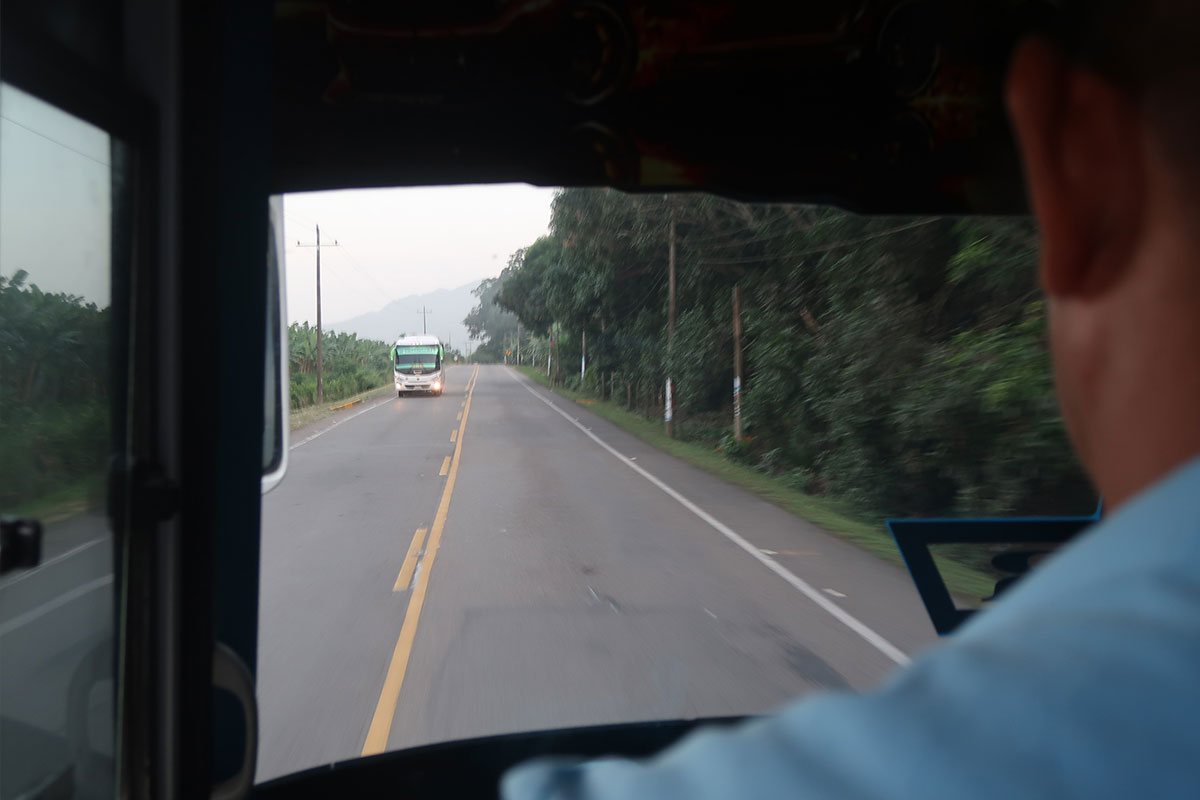
However, splitting the trips into easily navigational sections such as Brazil with Uruguay and Argentina, or Peru with Ecuador and Bolivia, make your trip not only expansive but manageable.
South America’s long-distance coach services have enormous amounts of legroom, frequent departures, and flexible itineraries.
They make for the best coach trips you’ve ever been on.
A Pullman or Clásico contains standard semi-reclining seats, a Semicama has seats with twice the amount of legroom and a Salon Cama has seats that recline to 180 degrees like business class airplanes.
All buses have toilets (except in Ecuador) and stop at restaurants or rest stops. In my post on bus travel in South America I talk more about this.
One of the best ways for anyone to explore the fruits of this amazing continent is by coach or bus hopping.
Travel Insurance for South America
No matter who you are, it is recommended that backpackers and all types of travelers use World Nomads Insurance for a fully comprehensive cover.

If you are due to travel soon, you can get a Get Your Free Quote by clicking the link or the image above and filling out your details – that way you’ll get instant travel insurance cover from the date of travel that you choose.
Is South America Safe?
South America is well worth the trip, wherever you decide to travel to.
Make sure you’re fully prepared and have an itinerary ready before setting off. You’ll never forget your trip to South America!
Why not check out this post that looks at some of safest cities in South America to get a better idea of where to go while exploring the continent?
Like this article? Pin it…
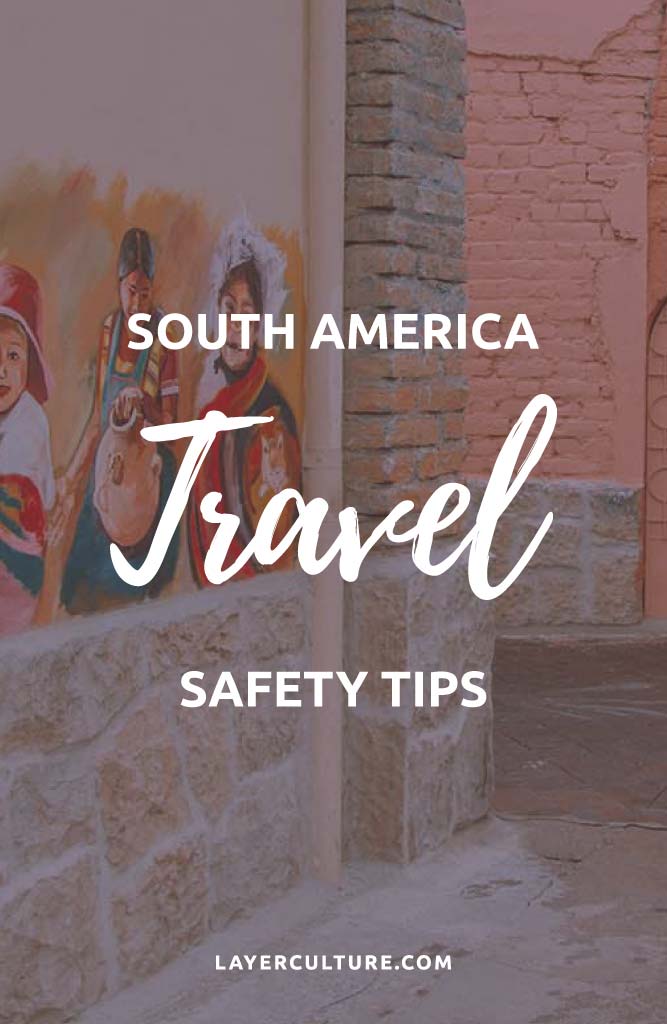

Did this guide help you to get advice about safety in South America?
Leave a comment below or let’s start a meaningful conversation…
“ Dear friend! Some links in this post contain affiliate links. Meaning, if you click through and make a purchase, book a hostel or sign up for a tour, I may earn a small commission at no additional cost to you . Your support means a lot and helps me to keep traveling and maintaining the quality of this site for you.”
Daniel James
Helping thousands of people worldwide with independent travel in Latin America. Layer Culture means to dig deeper into the ideas, customs, and behavior of a group of people.
Primary Sidebar
Meet Dan
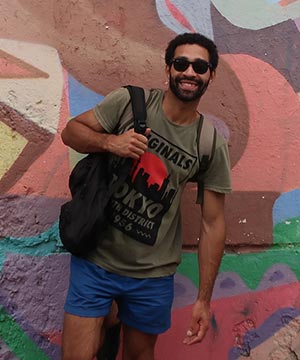
After spending years on the road Dan is now offering to help you find your feet in Latin America; inspire you to learn Spanish and get you started on your adventures. Learn how to travel longer and stronger!
Is It Safe in South America?
Bonnie is a freelance writer born and raised in South America who has covered the continent for 11 years.
:max_bytes(150000):strip_icc()/GettyImages-819902996-64de60d7749e404ab5b3d7baf194cf35.jpg)
Pierre-Yves Babelon / Getty Images
South America—home of the famous Machu Picchu, Rio de Janeiro, Buenos Aires, Patagonia, and more—attracts roughly 37 million tourists per year. Naturally, due to the presence of rebel groups and its notoriously violent illegal drug trade, parts of the continent have been deemed unsafe for tourism. But even Colombia, widely avoided as a travel destination until the early aughts, has turned its reputation around in recent years. There are many places to visit in South America if you practice basic safety and stay away from certain areas and activities.
Travel Advisories
- The U.S. Department of State has issued a Level 3 Travel Advisory (“reconsider travel”) for all South American countries except Uruguay , which remains a Level 2 (“exercise increased caution”), and Argentina , Brazil , and Venezuela , all under a Level 4 (“do not travel”).
- Prior to 2020, all but one were under a Level 2 due to crime, terrorism, kidnapping, and/or civil unrest. Venezuela has been placed under a Level 4 due to “crime, civil unrest, poor health infrastructure, kidnapping, arbitrary arrest, and detention of U.S. citizens,” the advisory says .
Is South America Dangerous?
While some parts of South America have been deemed dangerous by the U.S. Department of State, much of the continent is perfectly safe to visit. Travelers are advised to avoid the entire country of Venezuela due to ongoing political instability. Parts of Colombia—Arauca, Cauca (except Popayan), Chocó (except Nuquí), Nariño, and Norte de Santander (except Cucuta)—are also under a Level 4 because of crime, terrorism, and kidnapping . In 2019, the U.S. Department of State warned of “K risks” in 35 countries following the kidnapping of American tourist Kimberly Sue Endicott in Uganda . Venezuela and Colombia were the only two South American countries on the list.
The safest places in the continent seem to be the stunning beaches of French Guiana, Uruguay, the volcano-laden nation of Chile, Suriname (South America’s smallest), Paraguay, and Argentina. Wherever you go, leave your valuables at home and travel with an abundance caution.
Is South America Safe for Solo Travelers?
South America is safe for solo travelers so long as they stick to low-risk areas and remain vigilant. Many of its cities and countries are popular tourist destinations with countless hostels frequented by the backpacker set. Solo travelers should stick to these areas—Bogota, Colombia; Jijoca de Jericoacoara, Brazil; Santiago de Chile, Chile; Mendoza, Argentina; and Rio de Janeiro, Brazil, for instance—and only travel to more remote or dangerous areas with a licensed tour guide. As with any city, solo travelers should avoid going out alone at night and taking solo taxi rides. Kidnappings happen, so use the buddy system as often as possible.
Is South America Safe for Female Travelers?
Women travel to South America all the time—often in groups, sometimes alone—and many of them return home with only positive experiences. Women’s rights are not as progressive in South America as they are in the U.S. and there are frequent reports of domestic violence in many countries; however, this doesn’t generally put female travelers at risk. Because of South America’s very macho, chauvinistic culture, women may experience cat calling or other hassle from men. What they should really keep an eye out for, though, is pickpocketing and other non-violent crime. Female travelers are vulnerable, especially when alone, so they should keep their guards up and travel in groups when possible.
Safety Tips for LGBTQ+ Travelers
Homosexuality is legal in every South American country except Guyana, where it is punishable by life imprisonment (although that rule is rarely enforced). Same-sex marriage is illegal in seven countries: Bolivia, Chile, Guyana, Paraguay, Peru, Suriname, and Venezuela. Anti-discrimination laws are in place everywhere except Guyana, Paraguay, and parts of Argentina. Travelers should know the laws of the countries they intend to visit, and try to avoid public displays of affection even where it’s legal as violence towards LGBTQ+ individuals and couples still occurs.
Safety Tips for BIPOC Travelers
Demographics vary by country—for instance, Argentina is 85 percent white whereas Suriname is primarily Black and East Indian . Bolivia is 55 percent Amerindian while 75 percent of Paraguay’s population identifies as mestizo . South America, as a whole, is a melting pot of races and ethnicities, and the vast majority of it is extremely hospitable and welcoming. That being said, racism is prevalent (as it is throughout the world), and exists in various forms. So long as BIPOC travelers stick to the tourist-centric places where locals are more exposed to diversity and are therefore more accepting, they shouldn’t encounter any trouble.
Safety Tips for Travelers
- Colombians have a saying, no dar papaya (don’t give papaya), which means “don’t be stupid,” or—in other words—don’t put yourself in a position to be taken advantage of. Travelers should walk with confidence, stay aware, and avoid looking like a target.
- Educate yourself on the current affairs of your destination and avoid demonstrations or any unrest while there.
- Keep in mind that pickpockets often work in pairs or groups. One or more will distract you while another does the stealing. or Portuguese in case of an emergency.
- Wear appropriate clothing for the locale and situation. Dress like the locals and conceal any valuable possessions (iPhones, cameras, jewelry, etc.).
- It’s always a good idea to register with your embassy or consulate before traveling abroad.
TripSavvy uses only high-quality, trusted sources, including peer-reviewed studies, to support the facts within our articles. Read our editorial policy to learn more about how we keep our content accurate, reliable and trustworthy.
U.S. Department of State. “Uruguay Travel Advisory.” November 23, 2020.
U.S. Department of State. “Argentina Travel Advisory.” August 6, 2020.
U.S. Department of State. “Brazil Travel Advisory.” August 6, 2020.
U.S. Department of State. “Venezuela Travel Advisory.” October 30, 2020.
U.S. Department of State. “Colombia Travel Advisory.” October 30, 2020.
U.S. Department of State. “Introduction of K Risk Indicator.” April 9, 2019.
Source https://www.layerculture.com/blog/is-south-america-safe/
Source https://www.tripsavvy.com/south-america-common-sense-safe-travel-1637307
Source